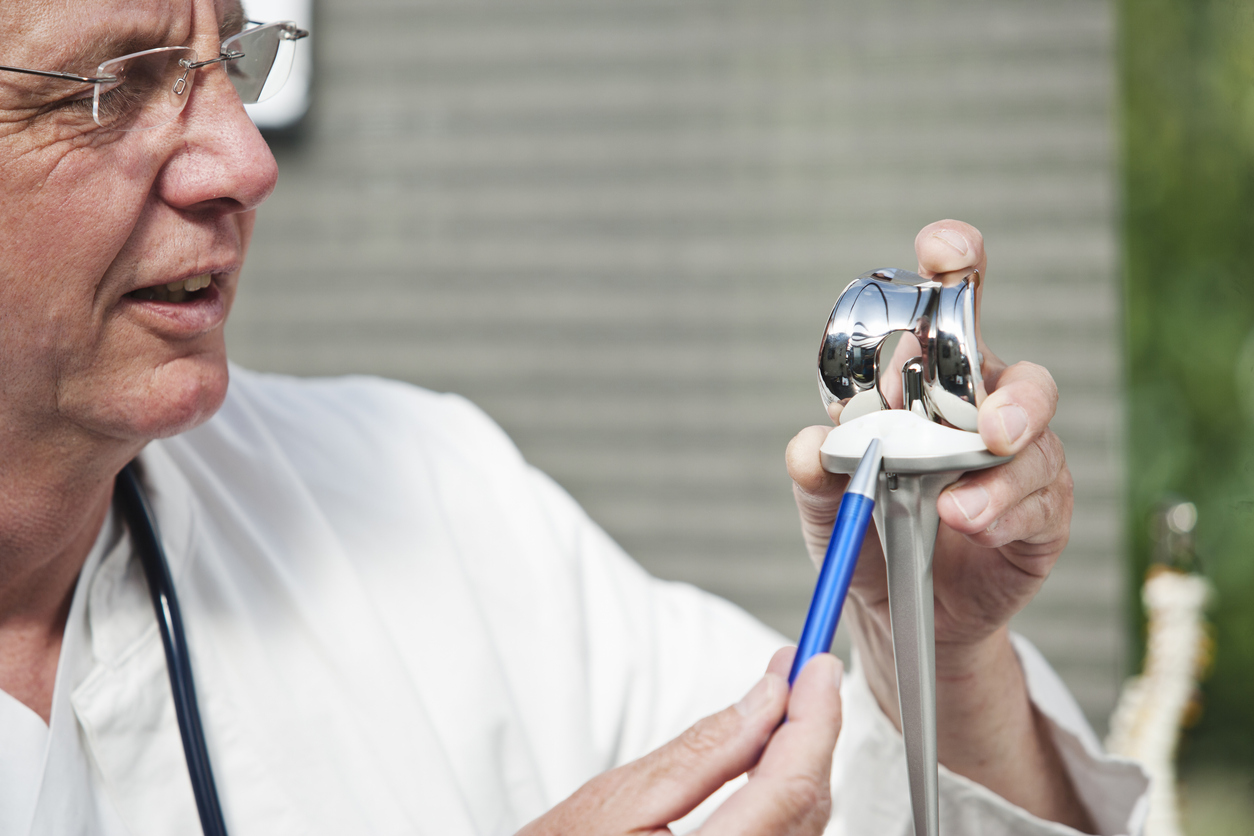The orthopedic device sector of the medical device industry is fast-growing and constantly evolving. Histopathological evaluation of orthopedic devices provides a critical assessment for determining the safety and efficacy of these next-generation biomaterials, especially with continued advancements in technology and designs of orthopedic devices. Proper evaluation of the biocompatibility of orthopedic implants should include advanced histological imaging and processing techniques to better assess tissue response surrounding the implant and to gauge the potential for adverse effects. This is the seventh and final article in this series where we highlight a portion of the article published by Nicolette Jackson et al. discussing the different types of mechanical testing used during the evaluation of orthopedic devices in preclinical animal studies.
Why Is Mechanical Testing Performed?
Mechanical testing of orthopedic devices provides a means for determining the stability of the implant and its impact on the surrounding bone. When performing mechanical testing, it is essential to closely replicate the way in which the orthopedic implant will be mechanically loaded within the musculoskeletal system of the intended host. Non-destructive and destructive methods of mechanical testing are used to characterize load-bearing capacity, healing response, range of motion, and other factors related to the proper functioning of the orthopedic implant within the body.
Methods of Mechanical Testing
Manual palpation is a commonly used nondestructive method for applying mechanical force to an orthopedic device. As described by Jackson et al., mechanical testing can be used for in vivo examination of posterolateral spinal fusions with bone graft implantation in rabbits, as well as in intervertebral ovine models to evaluate interbody spinal fusion cages. This type of testing involves palpating the vertebral column in various directions, including flexion-extension, lateral bending, and/or axial torsion. Universal or multiaxial mechanical testing equipment can also be used to assess range of motion in spinal fusions.
Responses to mechanical loading can also be evaluated using universal material testing equipment on designated specimens that have been removed from the host body. One such test is static axial microindentation, which is performed on explants after necropsy. This method uses probes of different sizes for the microindentation procedure. Further, the goal of this method is to characterize the healing response of the specimen without inflicting damage to tissues or changing the results of histological and histomorphometry testing.
When performing microindentation testing on samples that are intended for histology afterwards, it is extremely important to perform the microindentation testing immediately after necropsy so that the tissue samples may be placed into 10% neutral buffered formalin in order to start the fixation process within several hours after necropsy. If too much time elapses without tissue fixation, then the lack of early fixation can have a detrimental effect on the appearance of the tissues histologically and can even have a negative impact on the ability to evaluate the histologic response.
In contrast, destructive mechanical tests can be used to measure the repair stability or strength of the implant-bone interface for samples that are specifically designated for mechanical testing and do not require further histological analysis. Some examples include:
Pushout and Pullout Testing
Press-fit insertions can be evaluated using pushout or pullout tests to measure the strength of the implant-bone interface.
Torque-Out and Torsion Testing
The stiffness and strength of osseointegrated screws can be evaluated with torque-out and tension testing, using either digital torque measurements or universal testing equipment.
Uniaxial Tension Tests
The elastic modulus, yield strength, and ultimate strength of interbody spinal fusions can be evaluated by performing uniaxial tension tests on spinal specimens that are fixed in position by potting in polymethyl methacrylate (PMMA), a fixation medium.
To support the mechanical testing data, histomorphometry analyses and results can also be obtained on separate samples that are dedicated for histological examination.
Conclusion
In summary, histopathological evaluation is an indispensable part of testing the safety and effectiveness of orthopedic medical devices, especially considering the diverse types of devices being developed and the wide array of materials used to create them. A critical element of the full evaluation of an orthopedic device is ensuring that the orthopedic implants exhibit the appropriate mechanical properties that will be required of them during their eventual clinical use.
At StageBio, we offer a broad spectrum of histopathology services to cover various aspects of medical device testing, and we can assist with finding an appropriate mechanical testing site that will work with the team to design and execute preclinical orthopedic studies. With a team of more than twenty board-certified pathologists, our staff is well-equipped to conduct research studies following the highest standards of quality and compliance. Other services offered at StageBio include general toxicology work, immunohistochemistry (IHC), neuropathology, all types of medical device pathology, and specimen archiving services. Contact StageBio today to learn more about how we can help you with your orthopedic medical device testing needs.
